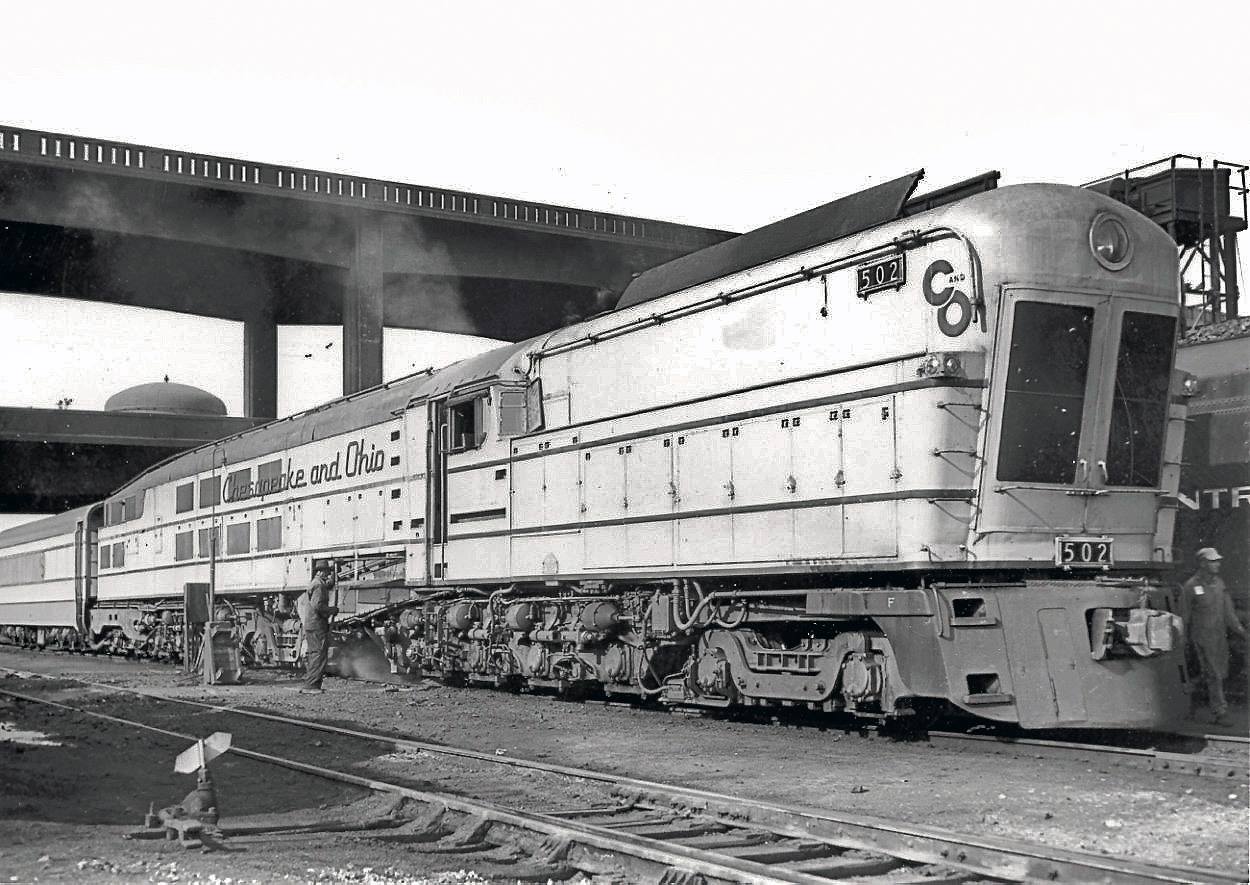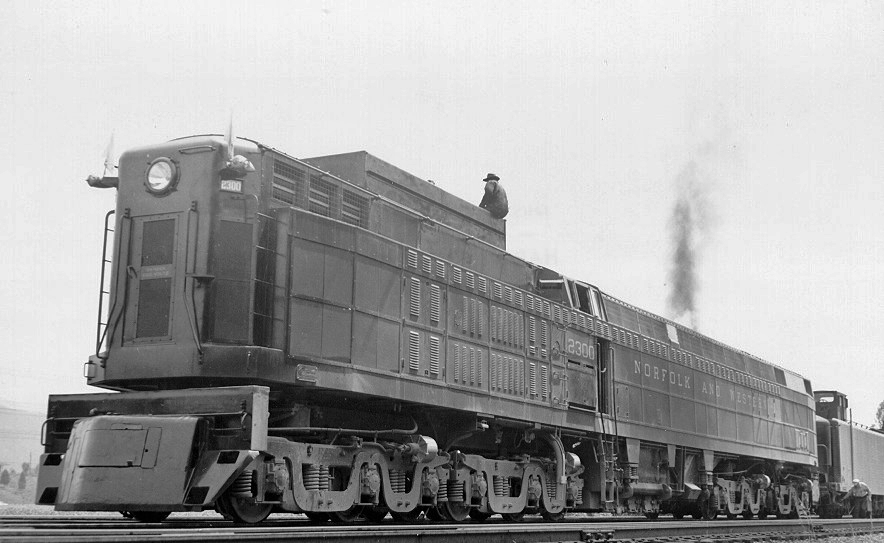
Who could forget this solid dime of a concept?

The idea was for it to have a nearly 200hp electric motor for each wheel and power came from a battery and a pair of onboard mini-turbines. I think those turbines were chosen more for artistic reasons than anything else, they did have their inlets open to the cabin after all. A prototype was built that used a heavily modified and even more heavily boosted EcoBoost I4 instead and had one electric motor per axle. But the original concept was actually just one very slight change from a brilliant and practical setup. Off-the-shelf batteries are still heavy and expensive. Turbines are light and used aircraft units that are no longer fit to fly on paper are...less expensive. And they're much lighter on fuel than an ICE under constant load conditions. I'm surprised nobody's tried an AWD electric supercar with a small battery pack and a used aircraft turbine or maybe an aircraft APU for power. It makes a lot of sense right now. the Koenigsegg Regera has come close, I wouldn't be surprised if the next top-of-the-line Koenigsegg uses this setup.
I loved the idea of that concept with the microturbines. It does make a lot of sense. Maybe pair them with a supercap for rapid extraction of energy.
Supercaps and EVs are like chocolate and peanut butter! One just for compensating for turbine lag (in both directions) would be a great idea.
How are we not obsessed with the fact that Le Mans cars now have four digit horsepower levels thanks to their hybrid systems? I think it was Toyota that was basically planning to have so much power on tap that they'd be impossible to pass, and they were bragging about the energy recovery speed of the supercaps.
Because nearly all of us hear 'hybrids' and think...

The Le Mans P1 cars are amazing no two ways about it.
Thread resurrection: This kind of powertrain is now being tried in a series-hybrid semi truck:
http://www.engadget.com/2016/05/11/nikola-motor-company-tesla-of-trucking/
Thread resurrection 2: Ariel says they're going to put a supercar into production with a powertrain just like the CX-75 concept's, complete with turbine. Also it could pass for a Batmobile:
http://www.speedhunters.com/2017/08/ariel-enters-the-hipercar-game/
From what little is visible in the pics, it looks like a very small aircraft APU.
Turbines are often less efficient than piston engines, which can be a problem. And then there are a few issues that the hybrid setup helps to mitigate: turbines don't respond to power changes quite as fast and they generally lose efficiency when you move away from full speed / full power.
rslifkin wrote:
Turbines are often less efficient than piston engines, which can be a problem.
For mechanically driving a car, certainly, but under steady load they're easily 2-3x as efficient as a piston engine. The hybrid system takes care of that, the turbine only has to run either flat out for charging or not at all.
GameboyRMH wrote:
under steady load they're easily 2-3x as efficient as a piston engine.
I'm pretty sure that's not the case in the size range we're talking about here. Turbines are smaller / lighter relative to their power output, but not more efficient. Both types of engines get more efficient as they get larger, but at the same size, a turbine typically burns more fuel.
Looking at some examples I found online, a modern small BMW turbodiesel (130kw output) has a BSFC of around .326 lb/hp-hr. A 1300kw (already much bigger) General Electric CT7 turboprop is up around .413 lb/hp-hr. Going bigger on the turbine improves efficiency, but only the most massive (as in hundreds of MW output) turbines do better than the diesel recip engines.
Mind you, a turbine doing better than a gas recip engine is pretty easy to achieve.
Thread resurrection 3: I don't know how I missed this, but there's a Chinese company called Techrules that makes nothing but track cars with turbine series-hybrid powertrains:
https://www.topspeed.com/cars/others/2018-techrules-ren-rs-ar180288.html

tuna55
MegaDork
4/25/18 8:30 a.m.
GameboyRMH said:
rslifkin wrote: Turbines are often less efficient than piston engines, which can be a problem.
For mechanically driving a car, certainly, but under steady load they're easily 2-3x as efficient as a piston engine. The hybrid system takes care of that, the turbine only has to run either flat out for charging or not at all.
So... that's not true, at all. A combined cycle large scale GT/ST setup is 63% efficient at it's highest configuration. I doubt there is going to be room for a combined cycle power plant, so we're down to simple cycle, which the most efficient in the world is around 44%. The highest efficiency piston engines in cars are right under 40% I believe. The car engine fits in a car. The turbine I am quoting barely fits on a train for transportation (can't run that way), and efficiency gets way worse when the turbine gets smaller.
Also throttling, startup and shutdown are really hard and time-consuming.
Sometimes things don't happen because they are really bad ideas.
The highest efficiency piston engines in the world are the latest F1 engines, which are now tipping past 50% efficiency. A modern production car ICE is around 30% efficient though, the most efficient models are about 35%. It's also worth considering that we're comparing peak efficiency, which would be a moderate load for an ICE engine and at or close to maximum load for a turbine. Efficiency at full power for a modern production car ICEs tends to be around 20%.
So 3x was too high an estimate but 2x is achievable at full load, on top of the reduction in engine weight and size.
Look at a diesel ICE instead of gas. The efficiency drop-off at full load is much, much smaller (because you don't have to run it super rich to keep it from self destructing). But either way, if the engine is being used as an APU to power a battery / electric motor system, the engine can be run constantly at its peak efficiency point in a lot of situations.

STM317
SuperDork
4/25/18 9:54 a.m.
I think Toyota's new 4 cylinder "Dynamic Force" engine is at/above 40% thermal efficiency depending on hybrid or not. Diesels are as well, although they typically have a higher cost. The US Gov backed "Super Truck" program competitors reached 50% thermal efficiency with their diesels, although they're far too large to have in a passenger vehicle. Phase 2 of the program has moved the target to 55% thermal efficiency.
Tuna's point about warm up and cool down periods for a turbine is interesting as well. The slower than expected sales of electric vehicles seems to indicate that consumers may not be willing to tolerate inconveniences like time consuming charging, or having to remember to plug in, or unplug before leaving. If a turbine can't or shouldn't be operated immediately after cold start, or a hot shutdown, then it's probably a non-starter. Not even counting the loss of efficiency during those warm up/cool down times vs a piston engine.
Atomic batteries to power, turbines to speed....
A turbine hybrid would help the cold start issue, as it would just run on battery power until the turbine is ready to take some load and recharge the batteries.
GameboyRMH said:
Thread resurrection 3: I don't know how I missed this, but there's a Chinese company called Techrules that makes nothing but track cars with turbine series-hybrid powertrains:
https://www.topspeed.com/cars/others/2018-techrules-ren-rs-ar180288.html
Awesome. I wish them luck with it. If I were to explore an alternate powertrain vehicle, this is quite likely the way I'd go.
Also, they have this gem in their tech specs: "Should Make A Lot Of Downforce"

tuna55
MegaDork
4/25/18 1:09 p.m.
Keith Tanner said:
GameboyRMH said:
Thread resurrection 3: I don't know how I missed this, but there's a Chinese company called Techrules that makes nothing but track cars with turbine series-hybrid powertrains:
https://www.topspeed.com/cars/others/2018-techrules-ren-rs-ar180288.html
Awesome. I wish them luck with it. If I were to explore an alternate powertrain vehicle, this is quite likely the way I'd go.
Also, they have this gem in their tech specs: "Should Make A Lot Of Downforce"
Yeah that one convinced me that they weren't serious.

tuna55
MegaDork
4/25/18 1:39 p.m.
There seem to be two applications being discussed. As a race car, it is possible that a turbine could make a better efficiency than an ICE at WOT, though they are not at all tractable and need the hybridization to really be of any use. In this case, the startup/shutdown/turndown issues are minimized. As a street car, it's completely useless because good ICEs are already making more efficiency, so a Prius is going to be better.

NickD
UltraDork
4/25/18 3:01 p.m.
Back in the '50s, when Union Pacific got in a hootus-swinging contest with themselves over the biggest, most powerful locomotives they could run, they had GE build them 56 gas turbine electric locomotives, using a gas turbine turning a DC generator powering electric traction motors. The general consensus was that while they were extremely powerful, they burned more fuel than an equally powerful diesel locomotive, while adding in a whole new suit of reliability issues, including turbine blade erosion and soot buildup. All were retired from service by 1969, with the newest units never reaching 15 years of operation.

^I've heard of those. The blade erosion and soot buildup were caused by trying to run the trains on coal dust 

NickD
UltraDork
4/25/18 3:37 p.m.
GameboyRMH said:
^I've heard of those. The blade erosion and soot buildup were caused by trying to run the trains on coal dust 
Not on the UP "veranda" units. These ran Bunker C fuel oil. I remember reading a story of a UP engineer got stopped under a highway overpass and the exhaust started melting the asphalt off the bridge. He looked back and asphalt was running off the edges of the bridge, falling down and hitting the exhaust fans and getting thrown back in the air.
Chesapeake & Ohio's abortive turbine and a stillborn UP prototype did try and run on coal dust,

As did Norfolk & Western's troubled "Jawn Henry"





























